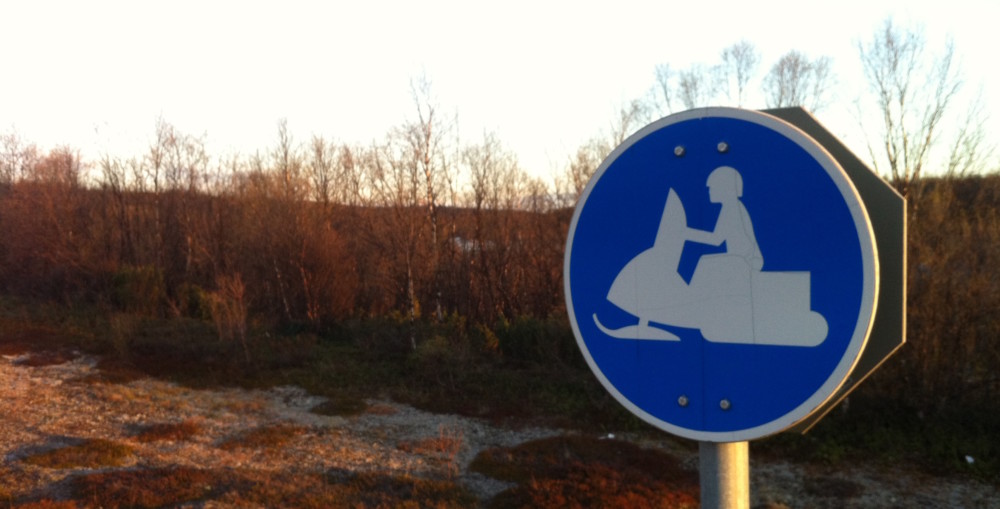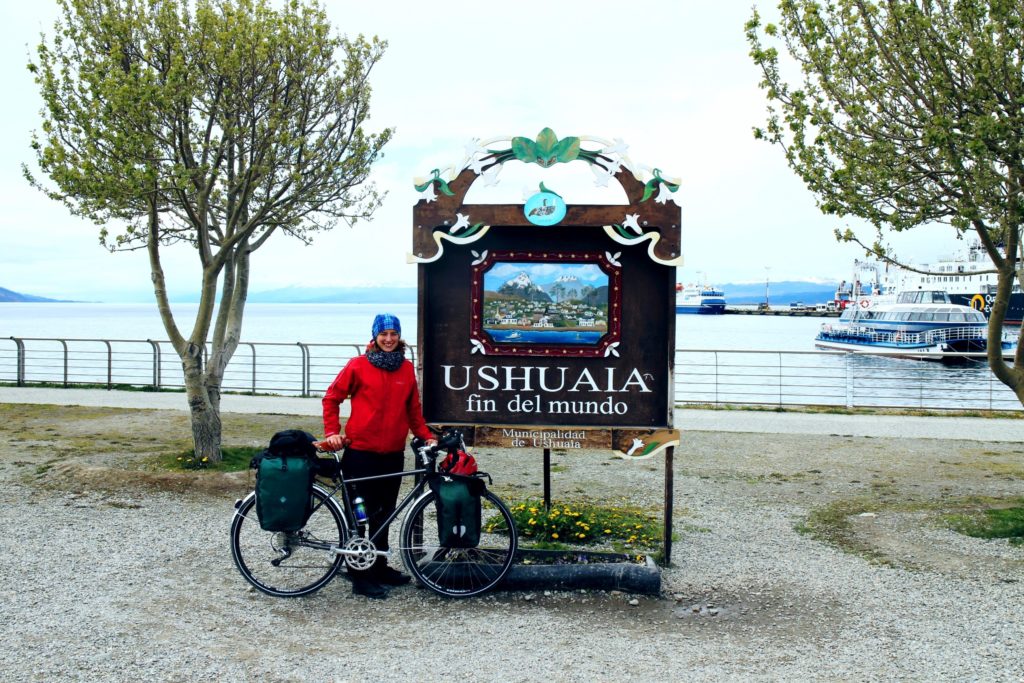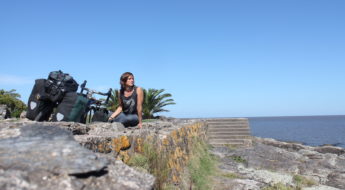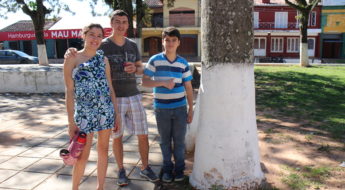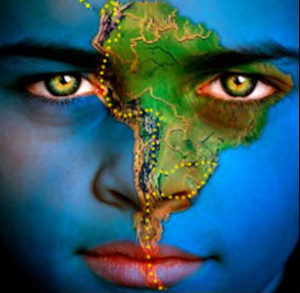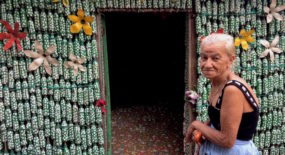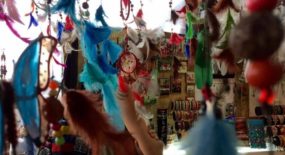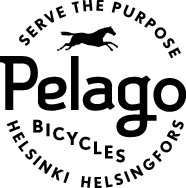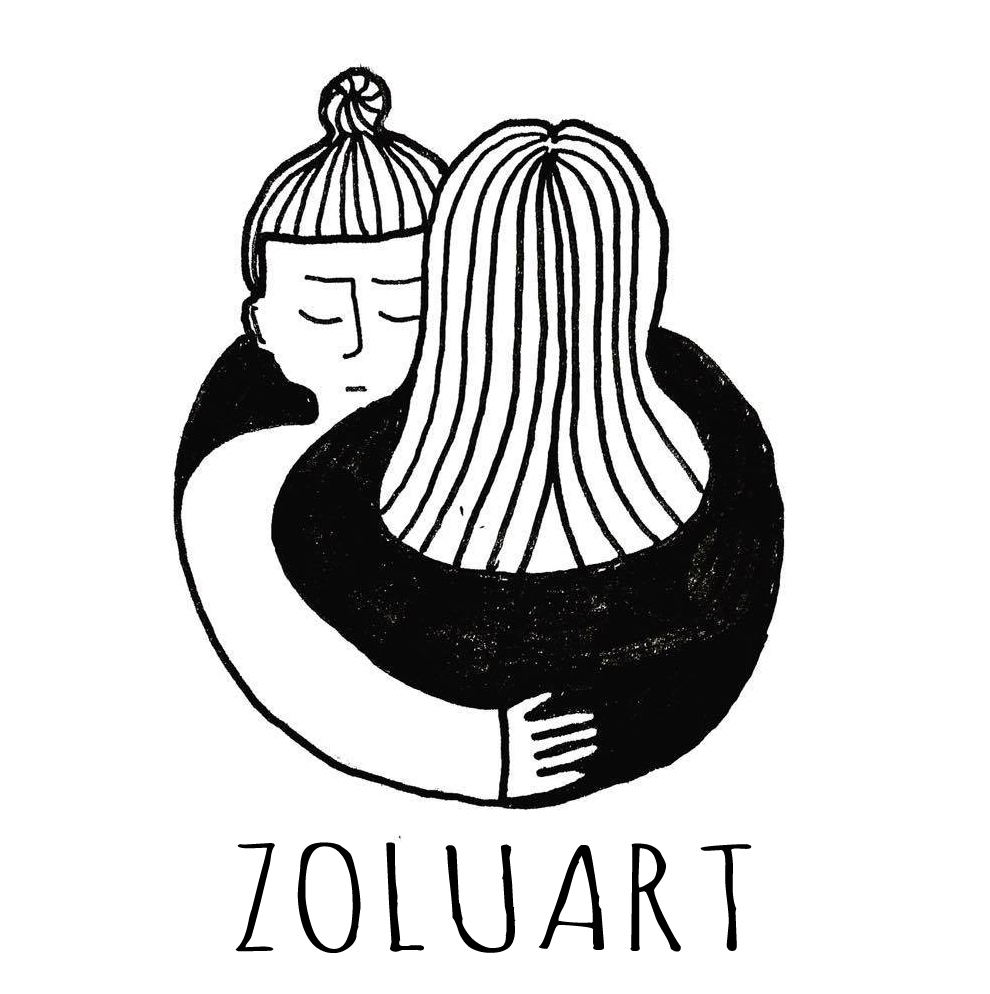UNDERSTANDING MY CULTURE: WHAT IS FINNISHNESS?
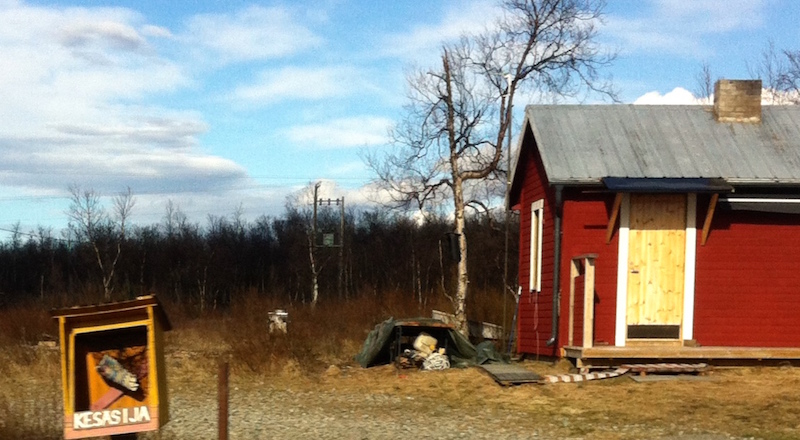
When speaking about intercultural communication, it’s often repeated by scholars in the field that it’s impossible to examine other cultures and their relations, without first taking a closer look at your own inherited culture and its influence on how we perceive the world. We are part of our culture and thus tend to act and expect others to act in a way that we have learned as “normal”. Although it’s not easy to step out of these learned schemata and try to see the world through the eyes of the other, it’s the key to avoiding useless stereotyping and intercultural indifference. Therefore, this is my attempt to understand and make you understand my inherited culture. This is a post on: what is Finnishness?
(I’ll write a more in-depth post on Finnish communication and cultural norms at some point. This post is solely about the concept of Finnishness. It’s based on an essay I wrote nearly 10 years ago, so no, I’m not carrying books about Finnishness around me while cycling, but yes, I do carry some of my old essays with me.)
How to understand culture?
First of all, in order to analyze a certain culture, I think I ought to first define the word culture. Yet, that’s like stepping into a swamp, isn’t it? Because culture can take different shapes and vary from high culture to low culture, from workers’ culture to students’ culture, from men’s culture to women’s culture etc. Whatever the definition may be,it’s generally agreed upon by scholars of intercultural communication, that no culture exists a priori to human actions and imagination.
However, culture can also be a national phenomenon, which is what I refer to here when using the word culture. It’s thus defined as something that separates one nation (or tribe) from others, as well as links the people of a particular nation together. It consists of things like language, food, clothing and manners. Yet, it’s also embedded in more invisible things, such as communication, values, norms, attitudes and beliefs.
According to Geert Hofstede (one of the founding fathers of the discipline of intercultural communication), symbols and heroes, as well as rituals and values can all be representatives of a certain culture. Edward Burnett Tylor, moreover, sees culture as a complex whole which includes knowledge, belief, art, morals, law, customs and any other capabilities and habits acquired by a member of a certain society. This kind of culture can be analyzed from two different perspectives, namely how do we see ourselves? and how do others see us?
Creation of a Finnish identity
Finnishness is something embedded very deep in the Finnish society. Probably every Finn now and then speaks about Finnishness (suomalaisuus) without giving further thought on what it actually means. Anthropologist Jorma Anttila once stated that no person or institution will ever be able to give a thorough definition of what Finnishness is. Why? Because it can always be interpreted differently depending on the contextual setting it occurs in. According to him, Finnishness is, rather than a cultural phenomenon, a social representation that has been created through a long historical process in order to “make Finns Finns”. It has, always been very closely related to particular things, objects, phenomena and people. Therefore, Finnishness cannot be seen as the result of some natural, historical development, but rather as a result of what one might call a “carefully planned Finnishisation (suomalaistaminen). Thus, as far as Anttila is concerned, all things Finns nowadays consider typically Finnish are solely artificial connotations created by Finns for Finns.
Finnishness – an artifact?
Sami Moisio and Vilho Harle state that concepts like Finnish and European are interpretations built on nothing but socio-political phenomena. They have mainly been created and maintained by Finnish authors, painters, churchmen etc. who in their work used the idea of a “real Finn” to promote nationalism and the affection to fatherland. In fact, the most critical period for the birth of Finnishness and Finnish identity was the time after Finland’s independence.
The funny thing is, nowadays there is a political party in Finland called Perussuomalaiset (Finns Party) which still nurtures itself from the imaginary concept of a “real Finn”. Although Finland is constantly changing and becoming more and more intercultural, the Finns Party still lives on the nationalistic creations of Finnishness. I myself am somewhat sceptical towards this creation, yet unfortunately there are many Finns who want to live up to these creations. In fact, at the moment of writing, the Finns Party is the second largest party in the Finnish parliament.
According to the national writer J.V. Snellmann, the typical Finn was a hard-working peasant or farmer full of energy and a clear insight of the future. He was someone who loved spending his time in the untouched nature of his fatherland, as can be noted in the books of J.L. Runeberg. In addition to this, he was someone who meant what he showed and showed what he felt. A trait which is still considered important in the low-contextuality of the Finnish culture. According to Anttila, also independence, freedom, real untouchability and the right to one’s own language were and still are key words to Finnish national thought.
Persistent representations of Finns
Some scholars claim that Finnishness is like a religion to the Finns – a concept Finns believe in because of all the things they have been taught. As the anthropologist Veikko Anttonen wrote in 1993:
When a Finn celebrates and esteems his Finnishness, there is little room for Christianity. It happens mostly through Kalevala (the national epic) and folklore, through forests, forested hills and lakes, through the spirit of the Winter War, sports, sauna, booze and the thorough the Finnish Mark (nowadays we use euros, but this was written in 1993). The originality of Finnishness is still very much seen through the culture of the countryside. In the imagery which researchers of culture and literature, historians, writers and national representatives of music, visual arts and drama show before our eyes, we continuously see the typical Finnish countryman or woman. (A free translation.)
In the 1920’s and 1930’s Finnishness was being researched and used a tool to strengthen the Finnish society. As such representations may nowadays seem old-fashioned, they are very persistent when they are made a part of our national identity. Nevertheless, they can and in some cases should be changed, for the world around us changes as well. For example, these days it’s almost impossible to say what Finnish identity is, because Finland is becoming more multicultural and Finnish identities more independent. So, instead of strengthening the society, a cherished concept of a “true Finn” may even hinder a country’s development into a more accepting and tolerating society.
Us Finns and the others
Finnish culture is one of the most homogeneous ones in Europe when it comes to the national background of the nations’ inhabitants. Still, the country has for centuries been home to national minorities such as Roma, Tatars, Jews and Russians. It has always been home to the indigenous Sami folk. And for the past thirty decades (which is very recent in comparison to other European countries) it has been home to many other ethnicities, who have made the country more multicultural than ever.
However, even before the first immigrant waves of the 90s, Finland could be considered a heterogenous country. This is due to the wide range of countries that have influenced the country’s cultural development throughout history. Some say that it’s exactly because of this that Finland still at present feels the need to make a clear distinction between itself and the others (the others originally referring to the Russians and the Swedes, but nowadays also to any non-Finns).
References:
ANTTILA, Jorma (1993): ”Käsitykset suomalaisuudesta – traditionaalisuus ja
modernisuus” in Mitä on Suomalaisuus? (ed. Teppo Korhonen) S. 108-134. Helsinki: Suomen Antropologinen Seura.
ANTTONEN, Veikko (1993): ”Pysy Suomessa Pyhänä – Onko Suomi uskonto?” in Mitä on suomalaisuus? (ed. Teppo Korhonen) S. 33-67. Helsinki: Suomen Antropologinen Seura.
HARLE, V. & MOISIO, S. (2000): Missä on Suomi? Tampere: Vastapaino.
JUDITH, Martin & NAKAYAMA, Thomas (2004): Intercultural Communication in Contexts. New York: McGraw-Hill.
Sisu – a Finnish characteristic
And now, as a total contradiction to everything I have just said, anyone who has lived for more than five years in Finland, will agree that there are some concepts that are just more Finnish than others. In my opinion such are e.g.: nature, sauna, snow, the northern lights, lakes, moose and reindeers, Formula 1, ice hockey, Sibelius and pea soup with pannukakku (a pancake made in the oven). I could go on and on, but instead of inventing all of them myself, I’d love to hear in the comments field what other Finns consider extremely Finnish. So, please, go ahead!
What is sisu?
However, let’s face it. The most Finnish of them all is and has for over a century been: sisu. The word first spread through the success of Finnish endurance athletes in the olympics, and even more so after the Winter War in 1939–1940. And although also this one is part of the nationalisation project of the early 20th century, I will never deny using sisu for when cycling alone in the rain! But what, then, is it?
Sisu is a characteristic, a substance that you either have or you don’t. It’s something that can make you push through even when times are rough, can make you win against all odds, can make you survive even when you think you won’t. It’s something like stubbornness, yet combined with guts. At times it’s bravery, at times resilience. But however you translate it, it’s something you most certainly need in the face of adversity.
A cyclist needs sisu
Now, it really makes no difference where you’re from, but if you’re a long-distance cyclist, you will be needing sisu sooner or later. When it’s blazing hot and your bike breaks down in the middle of nowhere, when you’re left without food in Argentinian Patagonia, when you’re caught in the middle of a rainstorm with hailstones. The times when I’ve most needed it was when I nearly froze cycling in the snow of El Calafate, when I was caught in the middle of the dark somewhere on a bumpy, uneven road in Brazil and when I was fighting (or trying to fight) the winds of Argentinian Patagonia.
Why am I writing this?
Last week, I wrote a blog post on a Latin American concept called la onda. My dad commented it saying that we also have a concept like that in Finland, which is sisu. A couple of days later I read an essay on Finnishness, which I had written exactly ten years ago. And as I have been down with fever and have therefore have had very little occasions on discovering something new here in Asunción, this is the result!



